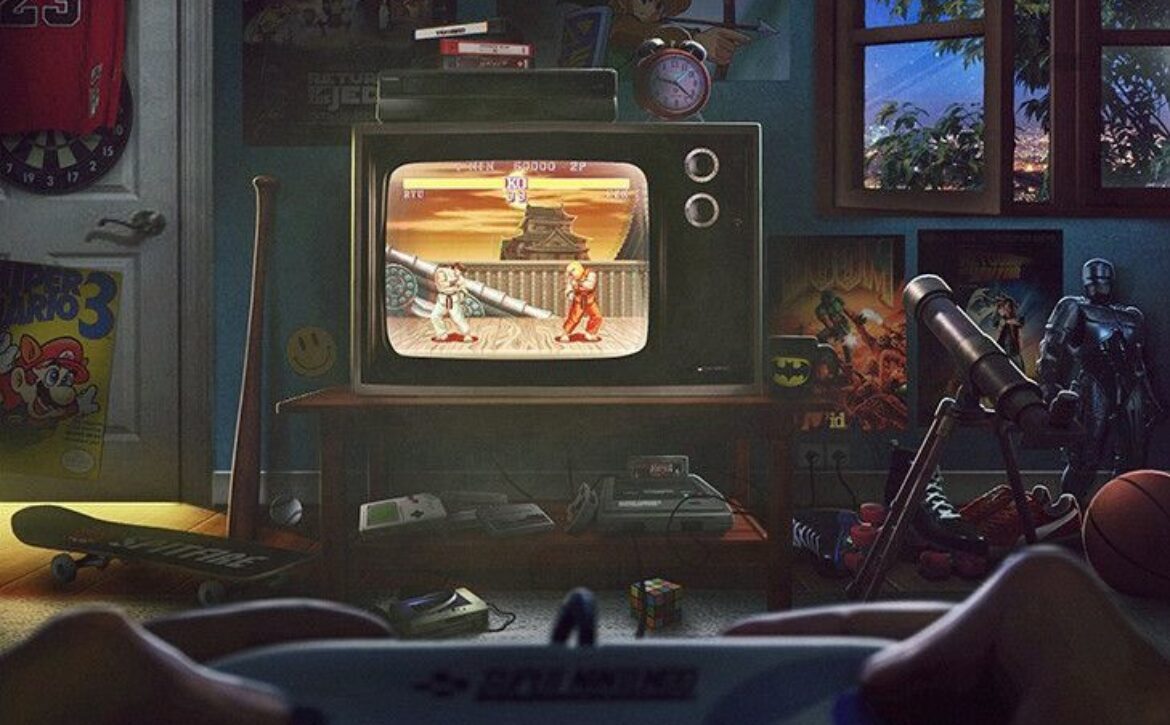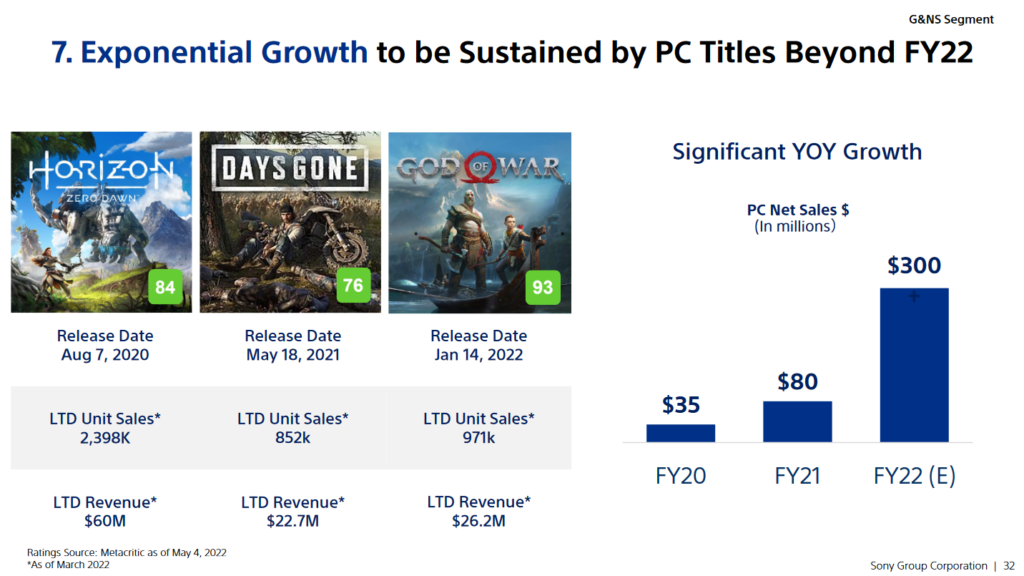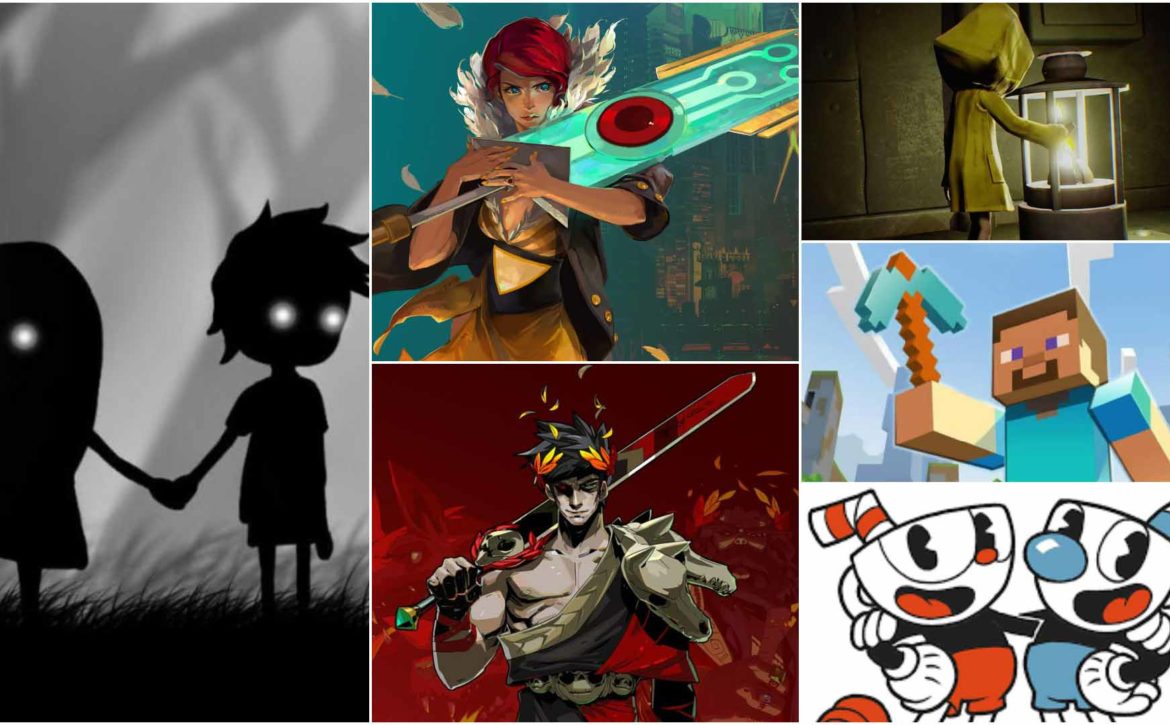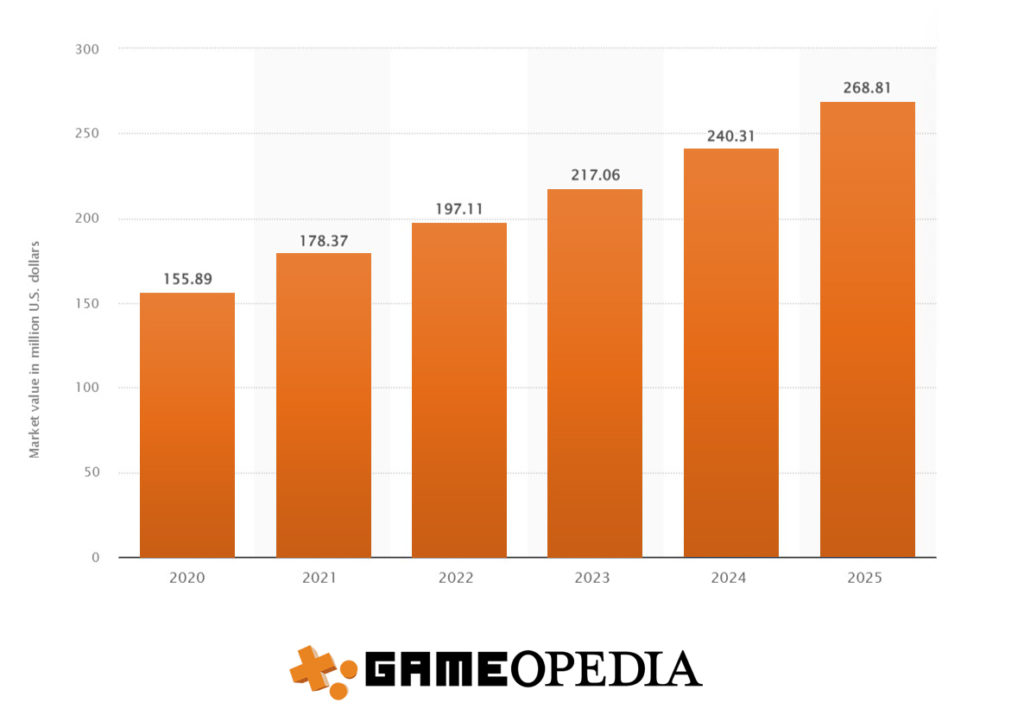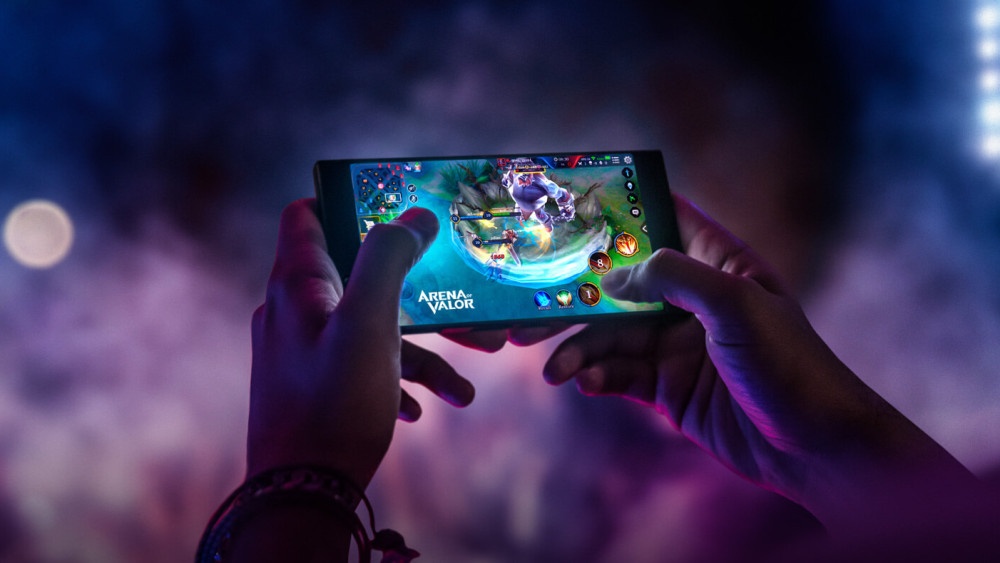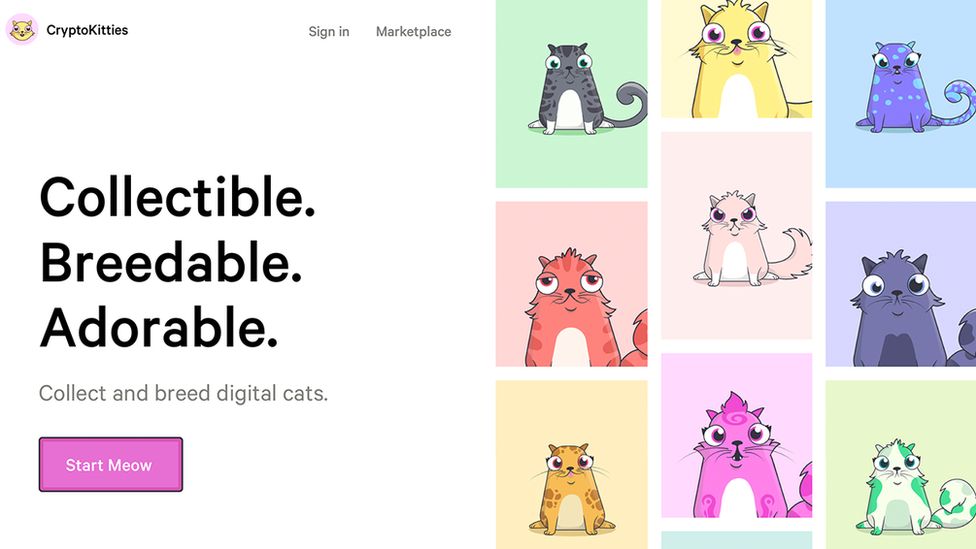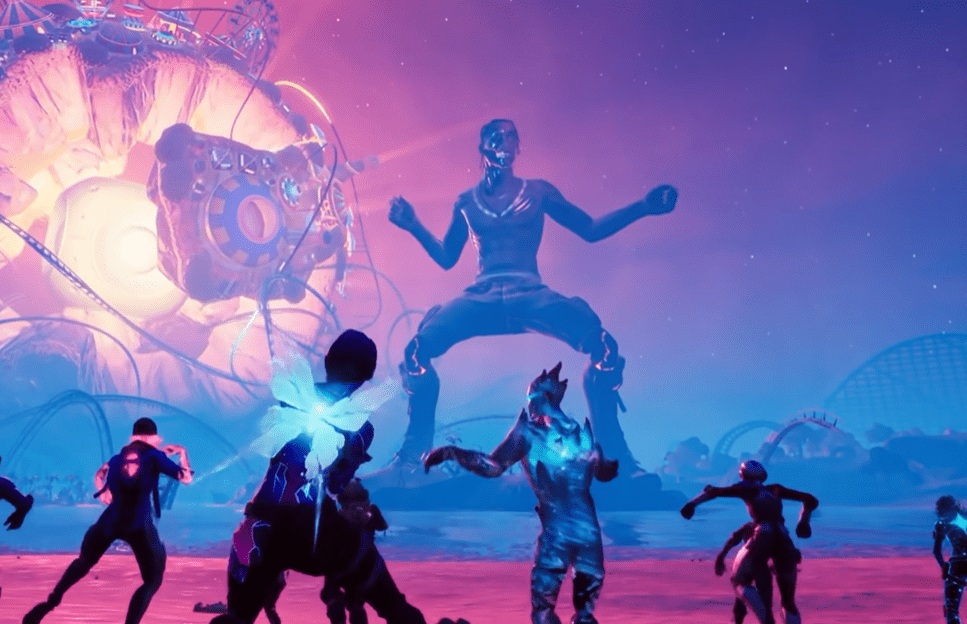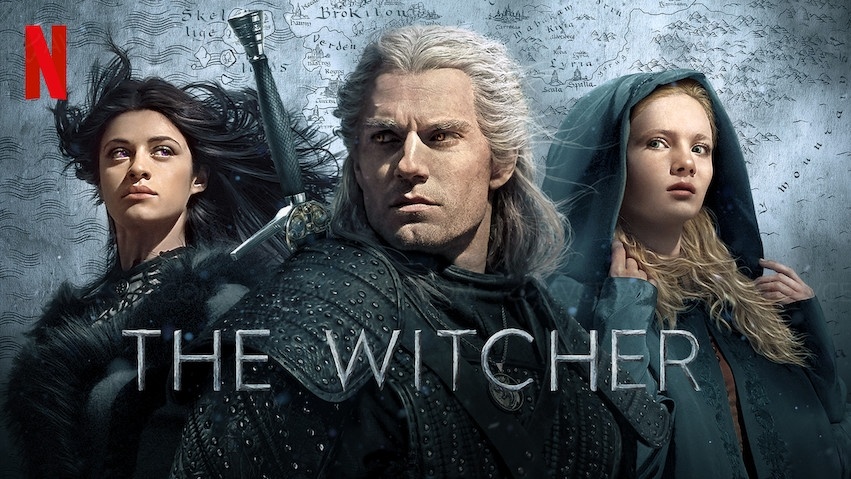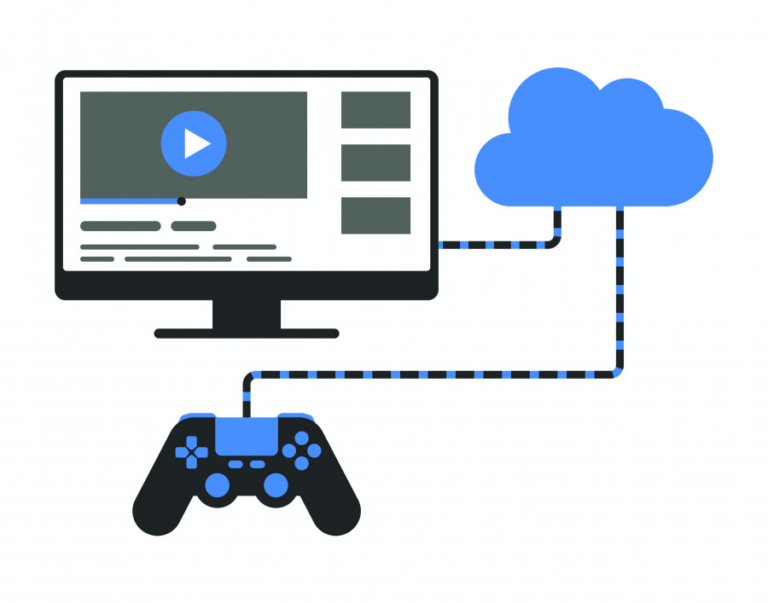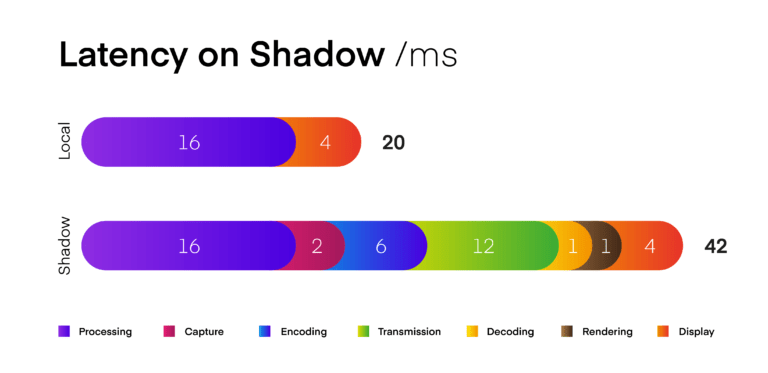The Decline of Physical Games and The Rise of Digital Distribution
When Valve made the much-anticipated Half-Life 2 available on Steam in 2004, a deluge of users rushed to download the game or authenticate their physical copy, and Steam simply keeled over and crashed.
Valve had made Steam authentication mandatory for even physical copies of the game, so everyone who had bought the title, either through Steam or at a retailer, had to go through Valve’s client, and the company’s servers simply could not handle the load. Gamers who had expected the further adventures of Gordon Freeman ended up with pop-ups from the Steam client apologising for the lengthy delays.
Steam has come a long way since then and is a fixture of millions of PCs now, and many major publishers, including Sony, currently release games on the platform. Steam is also home to thousands of indie games and is arguably the most prominent digital delivery service for PCs.
The digital distribution of games – whether on PC, console or mobile – has grown prevalent thanks to growing internet speeds, higher broadband penetration, and many other factors. Consoles have long featured digital storefronts from which gamers can buy and download games, smartphone games are available via Google Play or the iOS App Store, and for the PC, digital games have practically become the norm as modern computers tend to lack optical drives. In turn, sales of physical game copies, or ‘retail’ editions, are on the decline, though they are yet to be fully supplanted by digital delivery.
In this blog, we will delve into the history of game storage media, from cartridges to Blu-ray discs and chart the rise to prominence of digital distribution services for games. Game storage formats have played a significant role in the history of gaming, and even today’s major consoles provide support for physical copies. However, the industry is transitioning towards digital delivery as the principal mode for selling games – we will look into why this is the case.
What is a Digital Game?
A digital game refers to any title downloaded from a digital delivery service such as Steam, a console manufacturer’s online store, or smartphone app stores. Digital game data can be installed on devices like internal hard disks, solid-state drives and even removable storage. Note that such games do not have to be paid for a la carte – subscription services such as the Xbox Game Pass or PlayStation Plus allow users to download many games and play them so long as they remain subscribed.
What is a Physical Game?
A physical game copy refers to any game whose data is stored in physical media like cartridges, floppy discs, CDs, DVDs or Blu-ray discs. Today, such physical copies may not contain all the files required to play the game and you may still have to download either a significant portion of game data or the latest patch from a digital delivery service.
In the past (especially during the time of cartridges), buying a game was a one-and-done deal, and you inserted the game cartridge into a slot to play and even save progress – cartridges featured a chip specially designed for game saves. Effectively, this meant that all game data – whether it was the game itself, or your progress, was saved in the cartridge, and not on a storage device in the console.
Physical game copies (especially of console games) can be shared among friends, sold second-hand to others or traded in at a retailer. They can even allow access to a full game without necessitating an internet connection, though most contemporary games need downloadable patches and updates to work properly. People still buy physical games because of discounts at local retailers or e-commerce sites, and the advantages that physical copies offer.
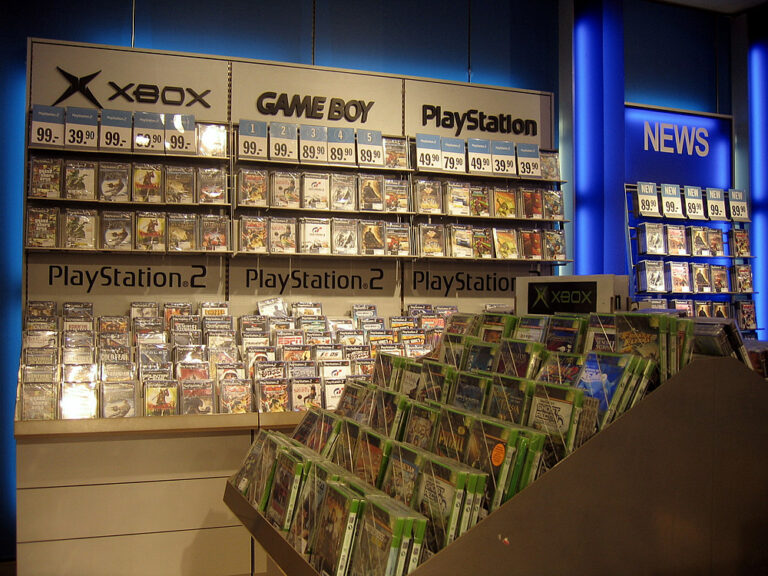
In the next section, we will outline the evolution of physical game storage formats, from the cartridge to the Blu-ray disc. Like any form of media, gaming depended on physical storage before high-quality internet speeds made digital downloads a viable alternative. The capacity and efficiency of physical formats steadily increased and the transition from one storage format to another often marked a major inflection point for the gaming industry, as we will see below.
A History of Physical Game Media
Physical copies of games have played an integral role in making gaming a popular and affordable past-time, especially since they were geared from the first to make home gaming viable.
The following sections will discuss the role of cartridges and floppy disks in gaming from the 70’s to the 90’s, followed by CDs and DVDs (both of which Sony used to great effect in PlayStation consoles), and then to Blu-Ray, which was first used by Sony for the PlayStation 3, and then integrated with Xbox consoles as well from the eighth console generation onwards.
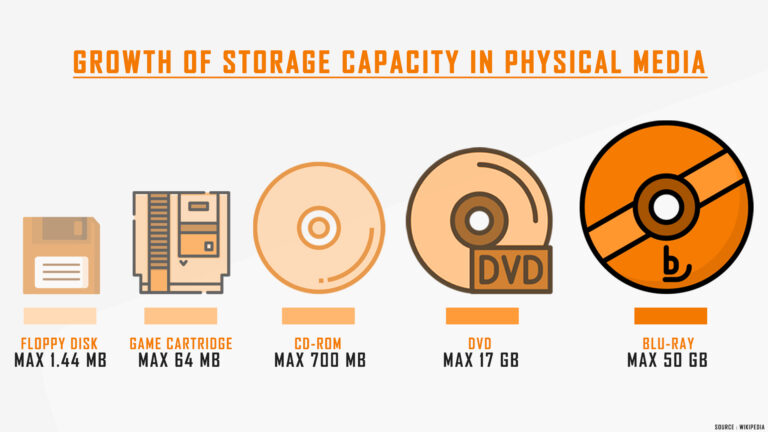
Cartridges and Floppy Disks
The advent of cartridges marked a major shift for home gaming – no longer did consumers have to buy dedicated consoles for their favourite games, but could buy a single console and play multiple games on it simply by slotting a compatible game cartridge into the system.
Fairchild Semiconductor pioneered the design of the first console with interchangeable game cartridges – the Fairchild Channel F (1976). Although overshadowed by the Atari 2600 (1977), Fairchild was the first to create a console with a microprocessor that loaded games from programmable cartridges.
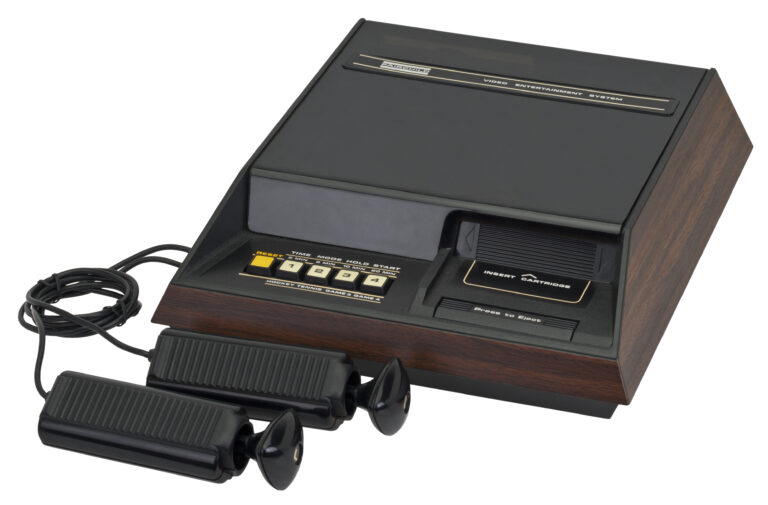
Designers at Fairchild knew that their sensitive cartridge circuit boards had to be capable of withstanding considerable abuse, like being left out in the sun, or being stepped upon. They encased their technology in hard, durable plastic, but also created an easy-to-use slotting mechanism, which would enable both the cartridges and the console to withstand multiple insertions and ejections.
Cartridge design evolved considerably after Fairchild’s pioneering efforts. They loaded graphics and other game data faster and faster, and new iterations were made to use less system memory. By the time Nintendo released the N64 (1996), cartridges could store upto 64 MB of data – the first cartridges made by Atari and Fairchild could store just 32 KB at best. From the late 70s to the early 90s, the cartridge was the default storage medium for console games, especially because they were hard to reverse engineer.
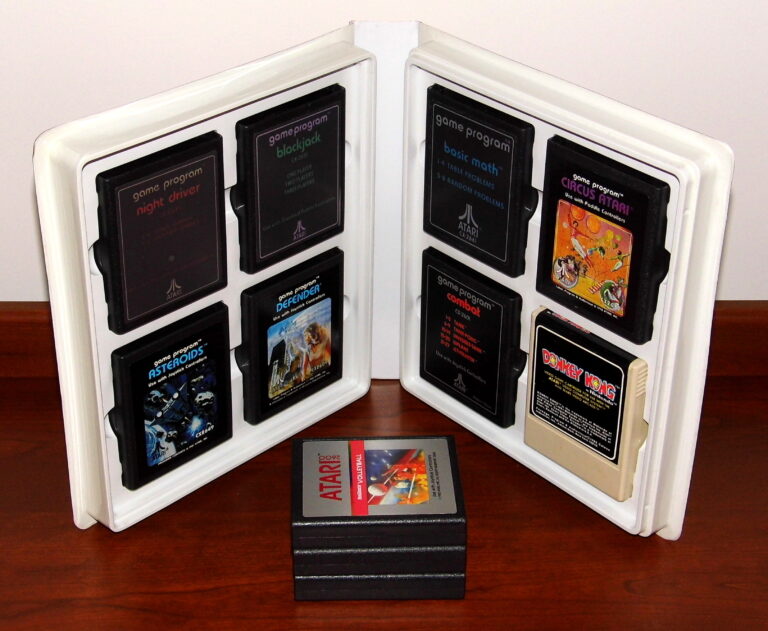
During roughly the same period, floppy disks – especially the 3.5 inch versions introduced by Sony in 1980 – were used to store and exchange games and other programs for the PC. The 3.5 inch disk was designed to be durable and resilient, with a hard plastic casing and a sliding metal shutter that protected the magnetic storage tape inside. They were an ‘almost viral’ way for transmitting shareware – especially portions of games like Doom (1993) and the Commander Keen games.
Doom was also one of the most prominent games to be released on floppy disks, as were many other games of that period, such as Prince of Persia (1989). Such games could be shared even with friends who didn’t have the same type of PC, since the floppy disk drive had become an industry standard by the late 70s.
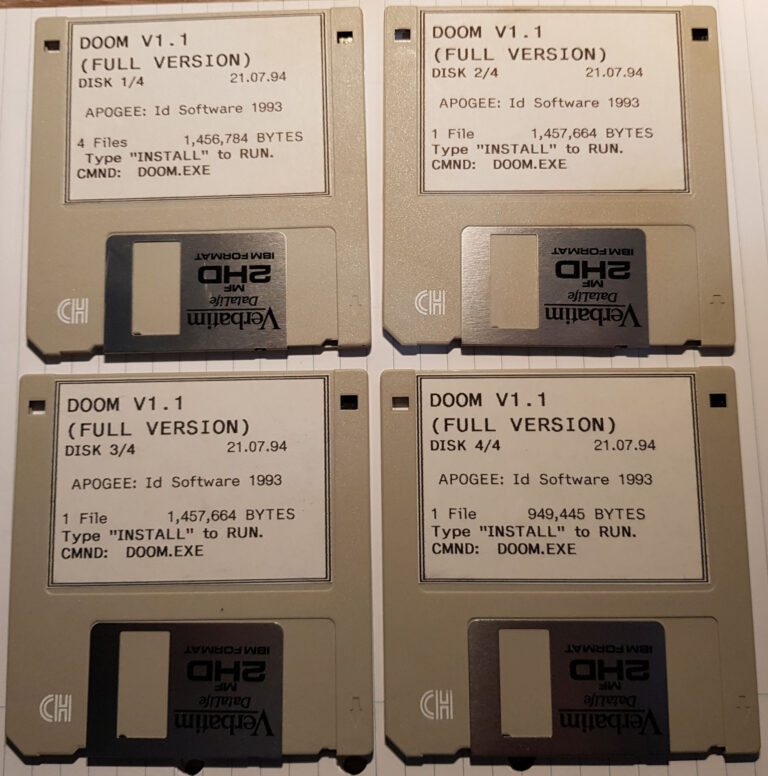
Both the floppy disk and the game cartridge would eventually be supplanted by the CD-ROM (Compact Disc Read Only Memory). We discuss the advent and rise of optical media in the following sections.
Optical Media
The use of optical media greatly expanded the possibilities of gaming by allowing games to be much larger in size. In a cartridge, game data is stored on a single chip on a circuit board, limiting storage capacity, and save games are stored on another chip. But almost all the surface area of an optical disc can be crammed with data in the form of microscopic indents etched by a laser – such discs are known as ‘optical’ because light is used to both read and write onto them. A Blu-ray disc’s capacity is more than 50 times that of a CD because of its much smaller, densely-packed indents.

Games such as Final Fantasy VII (1997), Halo 2 (2004), the Last of Us (2013), and many others made full use of the storage space available to them to deliver quality content at the highest-fidelity graphics that were possible at the time they were released. Support for optical media also helped consoles double as home entertainment systems, and the success of many consoles, across generations, was partly because they could play movies and music as well.
The CD-ROM Supersedes the Game Cartridge
The PlayStation (1994) is the first home gaming console to sell more than 100 million units, and this is at least partly due to its use of compact disks (CDs) as the storage format for its games. In 1985, Sony and Philips had together developed a technical standard by which CDs could hold any form of data, which led to the creation of CD-ROMs. With about 700 MB of storage space, they dwarfed the capacity of cartridges (which could store up to 64 MB) and allowed games to offer much more content than was possible earlier. CDs also featured various other advantages – they were cheaper to manufacture and also reduced production times for games, leading to lower retail prices.
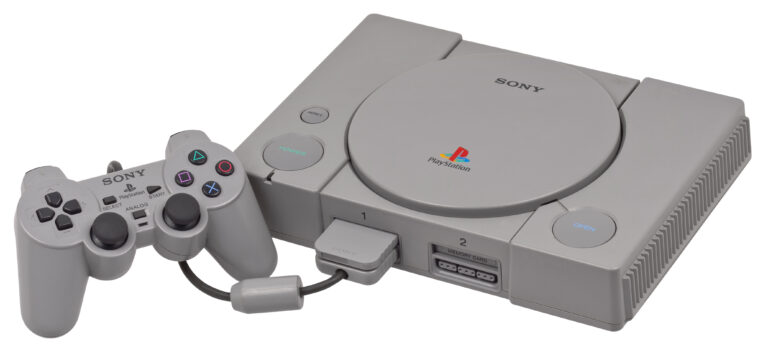
According to a PC World article, Sony won the first console war it ever participated in largely because it used CDs. Due to the inherent advantages of this storage format, Sony was able to bring many third-party publishers into the fold, including Square Enix, whose hugely successful Final Fantasy games had traditionally been Nintendo exclusives and had served as system sellers for Nintendo consoles.
Square decided that Nintendo’s cartridge-based N64 would not suffice for Final Fantasy VII. It turned to Sony, and the end result was a gorgeous game with high-quality cinematics and pre-rendered backgrounds, all made possible because of the CD’s higher storage capacity and the PlayStation’s support for 3D graphics. Final Fantasy VII was hailed as the ‘game that sold the PlayStation’ – FF VII did for Sony what previous instalments of the franchise had done for Nintendo.
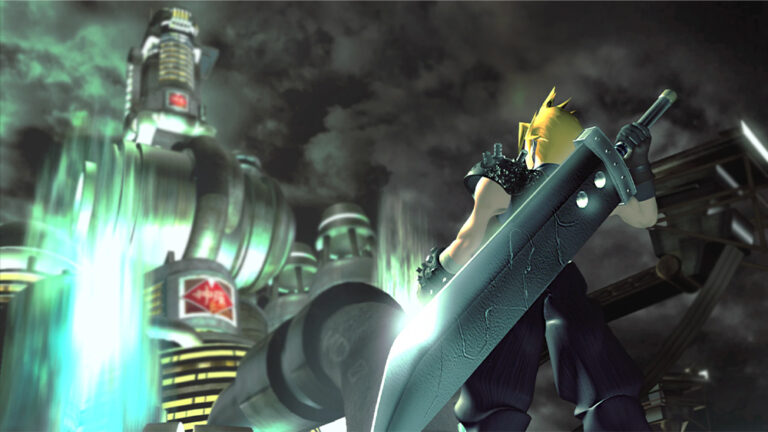
The PlayStation could also play audio and video CDs, making it one of the most versatile home entertainment systems of the time. The resounding success of the PlayStation led to the marginalisation of the cartridge, and home gaming consoles would use optical storage as the primary medium by selling games.

DVDs Turn Consoles into Home Entertainment Systems
Much like the CD-ROM, the DVD (Digital Versatile Disc) would allow games to be much larger in size and feature more content. Halo: Combat Evolved (2001) spawned a huge franchise that became a major system seller for Xbox consoles, and required the higher storage capacity of a DVD. Halo 2, considered one of the greatest games of all time, is nearly seven times as large as the first Halo game.
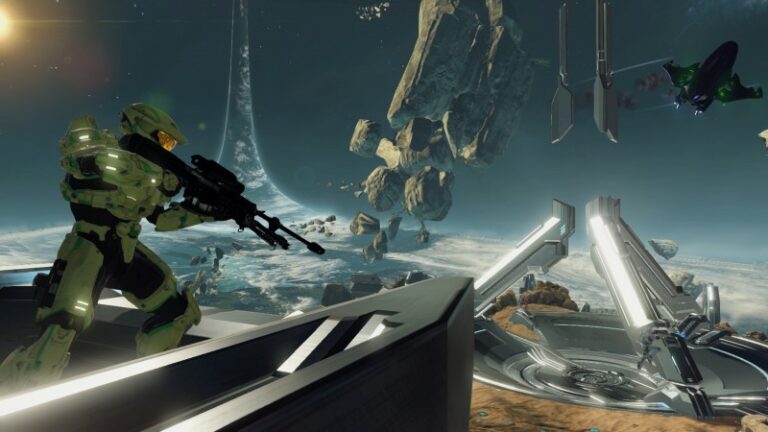
The larger-sized 3D games made for the PS 2 and the Xbox are recognisably modern – Gran Turismo 3 (2001) for the PS 2 features stunning graphics, as do the Halo games released for the Xbox, which used Microsoft’s DirectX technology and a graphics card made in collaboration with Nvidia for hardware acceleration. Higher graphical fidelity depends on high-resolution textures and game assets, which in turn require greater storage space – the shift to DVD enabled more content, and contributed to higher-quality graphics as well.
The PlayStation 2 (2000) and the first Xbox (2001) supported game DVDs and CDs and both could interface with home theatre systems, essentially serving as DVD players. The PS 2 could play movies and music out of the box, with the gamepad allowing you to control playback. You could also buy a remote for image adjustments and more playback features. Unlike the PS 2, the Xbox did not come with built-in DVD playback support: it needed a DVD kit containing a remote control and infrared sensor.

Costing a mere $299 at launch, the PS 2 was actually cheaper than some of the standalone DVD players of that time. The console’s support for DVD video was welcomed at a time when the DVD was one of the best ways to experience movies at home, as it came with bonus features and extra materials like deleted scenes and interviews with cast and crew. Films like the lengthy Lord of the Rings trilogy made it to the DVD as extended editions. The PS 2 not only boasted a great library of game exclusives but also served as an affordable home entertainment system, allowing users to enjoy high-quality DVD editions of their favourite movies.
The PS 2 is the best-selling home-gaming console of all time, and one of the factors that is said to have contributed to this was its capacity to double as a DVD player – it even allowed you to play burned CDs and DVDs, i.e, pirated movies, music and games.
Blu-ray Powers Massive Games
The Blu-ray disc format allowed even larger game sizes thanks to its storage capacity of upto 50 GB. The PS 3 edition of Last of Us (2013) – one of the finest games ever made – was around 26 GB in size, Uncharted 3: Drake’s Deception (2011) takes up 43.5 GB of storage space, and the PS 4 box-set for the Last of Us Part II contained two Blu-ray discs, to accommodate more than 70 GB of game data.

Game sizes actually increased from one console generation to another – Call of Duty: Ghosts (2013) for the PS 3 was 10.9 GB in size – this mushroomed to more than 30 GB for the PS 4, mainly because the next-gen versions came with higher-resolutions texture sets, higher-polygon game assets, and higher-definition cutscenes and cinematics.
In fact, the Blu-ray disc format’s prevalence is at least partly due to gaming and the PlayStation 3. Sony created the prototype of the Blu-ray disc in 2000, but when it was officially released in 2006, a format war ensued between Blu-ray and the HD-DVD format. By 2008, however, both the software and entertainment industries had settled on the Blu-ray format – a BBC article published the same year argues that the format won because it was integrated with the PlayStation 3, which had sold more than 10 million units by early 2008 and could play Blu-ray video at a time when the first standalone Blu-ray players were nearly double the PS3’s price. Microsoft had gone with the HD-DVD format for the Xbox 360 (2005), and though rumours sometimes surfaced about a Blu-ray add-on for the console, the Xbox 360 does not support Blu-ray playback.
Eventually, Microsoft also chose the Blu-ray, which is supported by the PS 4 (2013), the PS 5 disc edition (2020), the Xbox One (2013) and its variants, and the Xbox Series X (2020). These consoles support DVD and Blu-ray video playback as well.
It must be noted that a built-in Blu-ray player did not propel the PS 3 to the success that PS 2 enjoyed with its DVD playback capability. Nintendo’s Wii (2006), which used a proprietary DVD-based disc format for physical copies and lacked any movie or music playback, won the console war of this generation, mainly due to its far wider appeal.
In fact, by the late 2000s, observers were predicting that physical formats would decline thanks to a new ‘download era’ ushered in by high-speed, high-bandwidth internet connections and increased broadband penetration – in effect, supporting a physical format would not confer a significant advantage. In the next sections, we will discuss the rise to prominence of digital distribution for games, and the factors that have driven this transition.
The Prominence of Digital Delivery in Gaming
Digital delivery for games has grown more and more popular over the course of the last decade and the pandemic-period lockdowns accelerated this trend – in 2020, digital game sales surpassed physical sales for the first time, and 91% of the game industry’s revenue was digital (this includes full game downloads along with in-app purchases, downloadable content and mobile game sales). By 2021, the number of unique console titles sold on digital platforms in the US had far surpassed games sold as physical copies. According to an NPD report, nearly 2200 unique console titles were released on digital storefronts in the US, as compared to 226 titles sold as physical copies. A year later, Sony reported that digital purchases constituted 80% of game sales in 2022’s first quarter.
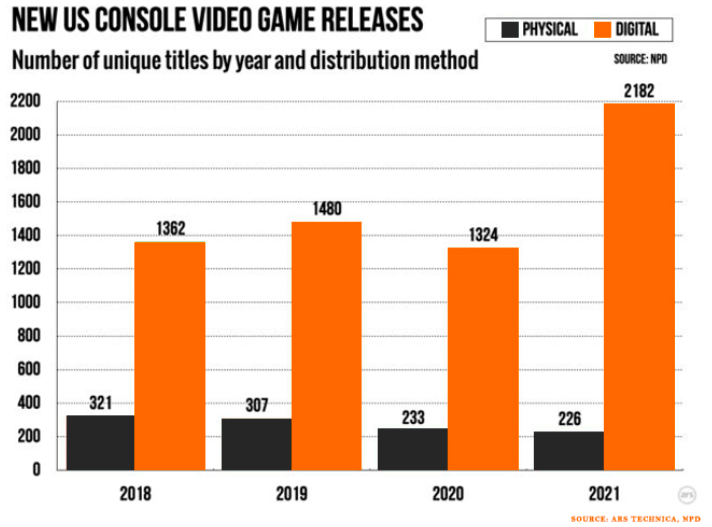
All this data suggests that digital delivery has become the primary, if not the sole, method for distributing games, and analysts believe that digital games will totally dominate the industry in less than a decade. Digital delivery is already the default for smartphones, which have never offered support for physical games, and we have covered mobile gaming and its main platforms in detail elsewhere. However, digital games did not rise to primacy overnight for other platforms such as PC and consoles, which had to transition from selling large-sized titles on high-capacity optical media to digital delivery. We will discuss the emergence and growth of digital distribution in such platforms below.
The Rise of Steam
Steam is by far the most successful digital distribution platform for PC games, though it was not the first – the now-defunct Stardock Central (2001) was the first such service for PC games. Steam was released in 2003 as a client that could easily update certain Valve games, especially the popular multiplayer shooter, Counter-Strike (2004).
A 2002 survey conducted by Valve revealed that 75% of its users had broadband connections, and convinced the company that digital delivery of games was a viable proposition. Their first attempt to deliver a game digitally (Half-Life 2) was not a resounding success, as is recounted above, but Valve continued to improve the Steam client and its support infrastructure, and within a few years, major publishers such as id Software, Take Two Interactive, Eidos, EA and many others decided to make their PC games available on Steam.
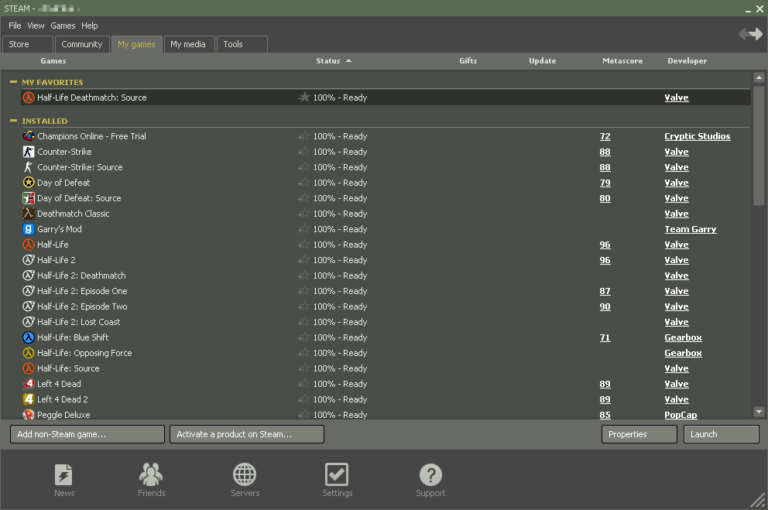
As the service grew more and more popular, some developers baulked at its restrictive terms of service, with EA deciding to launch Mass Effect 3 on its own Origin platform in 2012. Nevertheless, Steam remains the pre-eminent digital distribution platform for PC games – by 2021, it had 132 million monthly active users who could browse a library of over 50000 unique titles. Revenue from games sold on Steam reached $6.6 bn in the same year.
Other digital delivery sites include GOG.com (2008) – which enforces a strict non-digital rights management policy – and the Epic Games Store (2018), which is attempting to challenge Steam’s primacy. To incentivise publishers, Epic takes a 12% cut from game sales, whereas Steam takes 30% initially, though its share decreases to 20% if game revenue exceeds $50 million. Epic also does not enforce a digital rights management (DRM) policy for all games, allowing each publisher to decide DRM policy.
In 2020, Epic Games spent more than $400 million to secure games that would be exclusive to Epic, and unavailable on Steam, for at least a year. Subsequently, in December 2021, monthly active users peaked at 62 million, which is less than half of Steam’s 132 million monthly active users, and as of 2021, Epic has a total of 917 games, a fraction of Steam’s game catalogue. However, Steam took more than a decade to build its library and following, and the Epic Store has been around for less than five years. Epic is also known for freely giving away an estimated $17.5 billion worth of games, and even though its store went down for eight hours when it made Grand Theft Auto V free for a week in May 2020, Epic got seven million new users as a result of the giveaway. Steam might have a huge head-start, but Epic arguably has the momentum.
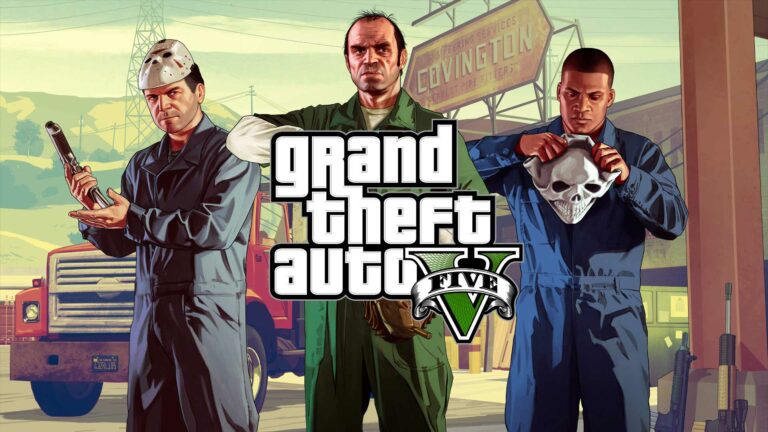
The prominence of Steam, the rise of Epic and the death of the computer optical drive, have made digital distribution the principal method for selling games for PCs.
Digital Stores for Consoles Evolve
Console makers, especially Microsoft, were quick to realise the potential of digital delivery – the original Xbox shipped with the Xbox Live (2002) service, whose principal function was to enable multiplayer gaming and the digital delivery of game content. In its early years, the platform offered premium downloadable content and add-ons for games, but could not offer full game downloads. In 2004, Microsoft created the Xbox Live Arcade platform, which offered small, quickly downloadable games from a range of developers – most of these games were either console classics or arcade-style titles. The platform served as an easy entry point for independent developers who could develop games and quickly release them as download-only titles.
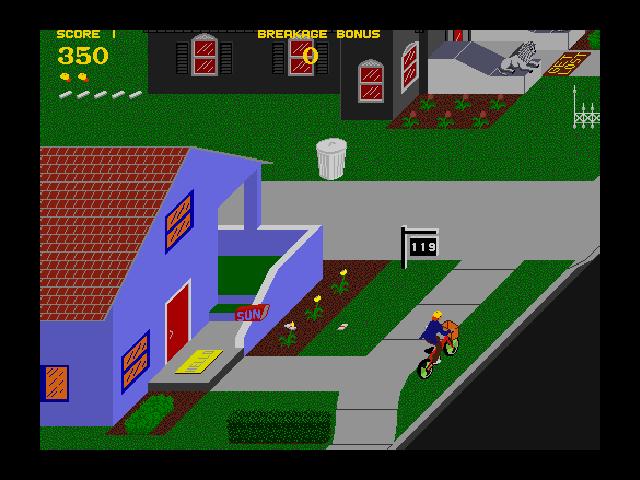
Sony launched the PlayStation Store in 2006, and as with the Xbox, it initially offered downloadable content rather than full game downloads. The Store platform was first launched with the PlayStation 3 and six years later, it started to offer a variety of full game downloads.
The Wii Shop Channel (2006 – 2019), a digital distribution platform for the Nintendo Wii, supported the download of various applications, content, and even a web browser. Wii Ware (2008), one of the services in the Wii Shop Channel, was Nintendo’s first foray into digital delivery of full (small-sized) games, and as Microsoft did with the Xbox Live Arcade, Nintendo promoted Wii Ware as an avenue for small developers to publish innovative content that would be delivered digitally, thereby avoiding the risks and commitments of retail distribution. The Wii Ware service shut down when the Wii Shop Channel was discontinued, and players can no longer purchase titles anymore, though they can continue to download owned games to compatible devices.
By 2009, both Microsoft and Sony started offering full game downloads – after its E3 press conference, Microsoft announced that games such as Bioshock (2007), Assassin’s Creed (2007), and The Elder Scrolls IV: Oblivion (2006) would be offered as full game downloads on its Store platform for the Xbox 360. Meanwhile, Sony announced that full games could be downloaded over WiFi to its handheld gaming device, the PSP Go (2009), which had 16 GB of storage and lacked a slot for physical games. By 2011, the PS 3 had also enabled full game downloads – at a time when game sizes were ballooning, and broadband speeds were not quite capable of downloading large-sized games. In 2013, Ars Technica reported that a major Steam game took about 4 hours to download, while a PS 3 game took more than 5 hours to download – and this was in the US, where broadband speeds have generally been high. Download times have however tended to decrease as internet speeds and broadband access have steadily improved.
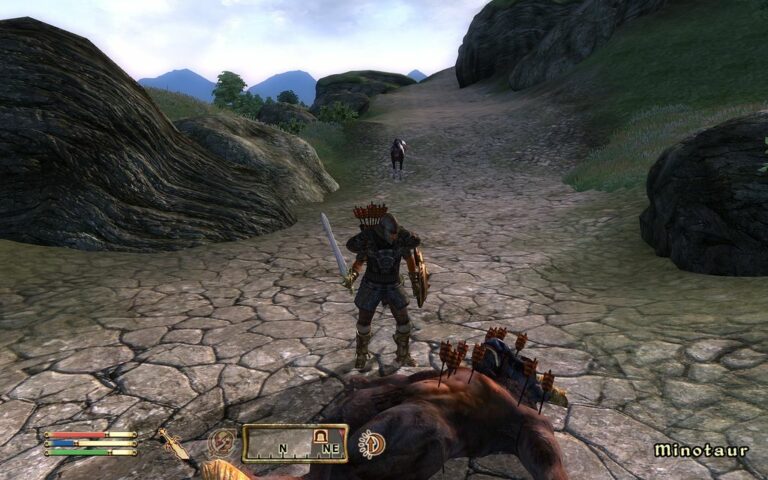
The Nintendo eShop launched in 2011 for the 3DS and was made available on the Wii U at the console’s launch (2012), and keeping up with Sony and Microsoft, Nintendo’s eShop featured full game downloads, along with DLC, video content, updates and more. The first game to be released both on the eShop and as a retail copy was New Super Mario Bros. 2 (2012).
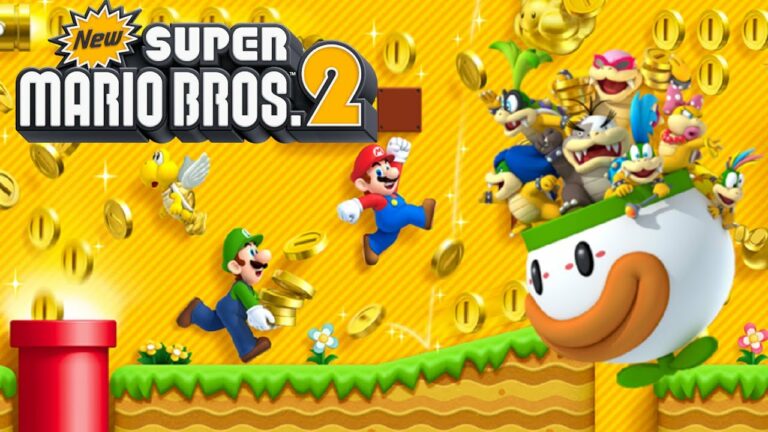
The majority of Nintendo’s retail releases are now available as digital downloads, and developers can also choose to publish digital-only titles on the eShop. This platform is the primary digital storefront for the Nintendo Switch, the hybrid hand-held and home-gaming console that has sold more than 100 million units.
By 2013, digital game sales had started to edge past physical sales in the US, and by 2018, physical sales accounted for only 17% of all game sales in the country. In the next section, we will discuss the factors that have contributed to the rise of digital distribution.

Why Have Physical Game Sales Declined?
There are many interconnected factors that have led to the decline of physical game sales. Higher internet speeds and broadband penetration have made video streaming services possible – they have also contributed to making large game downloads viable. The COVID pandemic also made digital downloads popular during the shutdowns, and revenue from digital downloads have surpassed physical sales in part because mobile games, which are delivered digitally, have become the biggest segment of the gaming market. We discuss these and other factors below.
- Increasing penetration of high-bandwidth, high-speed, low-cost internet: Based on Ookla reports, nearly 50 countries have median download speeds greater than 100 megabits/second (Mbps). As of September 2021, the global average download speed on broadband was 113.2 Mbps, up nearly 30 megabits from 2020 speeds. 83% of US households have access to broadband connections, and a majority of those homes have connection speeds of 15 Mbps or higher. With the advent of 4k texture packs, 4k video, high-quality audio and more, the size of some contemporary games exceeds 100 GB, with Call of Duty: Modern Warfare (2019) at a staggering 183 GB. The game would take at least four Blu-ray discs for the retail edition, and a high-speed internet connection is a more viable option for delivering such games than cumbersome disc editions.
- Digital storefronts control game prices and cut out the resale market: Game sales are significant sources of revenue for console makers and publishers. Cutting out the middleman – retailers who stock physical copies of games and trade-ins – and drawing people to digital storefronts would result in higher overall profits for console manufacturers and publishers. This has led console makers to offer more incentives for digital purchases – the Xbox Play Anywhere program, launched in 2016, allowed users to buy a digital Xbox game and play it on both the console and the PC. Both Sony and Microsoft now offer cheaper all-digital editions of consoles: the Xbox Series S and the PlayStation 5 Digital Edition. Microsoft is even working on a patent that will allow Series S owners to authenticate a physical game copy using an external disc drive and download it via the digital storefront. The PS 5 uses an advanced compression technique to decrease the size of game data and reduce the wait time to access a digitally downloaded game.
- The Pandemic made digital downloads more popular: Many observers have pointed out that lockdown restrictions spurred the purchase of digital copies, especially as gaming itself became of vital importance as a means of connecting with people, and physical stores could not be visited due to widespread shutdowns. In fact, the pandemic is considered a tipping point for digital game sales. By 2020, when the current generation of consoles were released, digital purchases accounted for nearly half of console game sales.
- Cloud gaming and gaming subscriptions: Currently, both Microsoft and Sony feature a robust digital delivery platform, and both offer game subscription services with libraries that boast multiple exclusives, which can be downloaded and played for free so long as you pay a monthly subscription fee. Such services also offer discounted prices at the digital storefront for many games, including those that are not part of the subscription. The highest tiers of these services also feature cloud gaming. With 25 million users, the Xbox Game Pass accounts for a significant portion of Microsoft’s gaming revenue. In fact, the rise of subscription services, made possible by higher internet speeds, could even lead to a new war based on the ‘subscription exclusives’ between console makers.
- Live-service games depend on downloads: The industry has seen a major shift towards live-service games, which seek to keep their audiences engaged for years by regularly adding new game content, updates, game-balancing patches and in-app purchases – and all such content is delivered digitally. In a world where many of the industry’s most prominent titles follow the games-as-a-service model, physical copies may simply not be a viable mode of distribution. Live-service games are also quite large in size – the free-to-play game Destiny 2, including all expansions and updates, currently requires 97 GB of storage space on a PS 5, and more than 100 GB of space on an Xbox Series X|S, and though a physical copy exists, a significant portion of the game content needs to be downloaded. Some of the most prominent games today depend on digital delivery.
- The biggest sector in gaming uses digital delivery: Mobile games are delivered as apps through stores such as Google Play and the iOS App Store, and they are some of the most lucrative titles on the market. As of 2022, more than 60 mobile games have made more than $1 billion in lifetime sales, and mobile titles constitute the largest share (45%) of global games revenue. The mobile gaming market is expected to be worth nearly $140 billion by 2026, and as mobile games grow ever more popular and lucrative, revenue from digital sales (including full-game downloads, DLC, in-app purchases and more) will continue to surpass physical sales revenue.
- Considering that so many factors are contributing toward the transition to digital delivery, one might believe that physical games are on the way to extinction. This is, however, not quite the case. In 2018, gamesindustry.biz argued that the sale of physical games might be declining, but it still remained an industry worth billions of dollars worldwide, with 75% of AAA games being sold as physical copies. A year later, it reported that physical console games accounted for 60% of sales value during the last quarter of 2019. These reports may reflect a pre-COVID reality, but even during the pandemic, in April 2020, more than a million physical games were sold in the UK, the highest figure since 2015. Physical games, while on the decline, are not yet finished.
Conclusion
The inherent advantages of physical games – shareability, resale value and access to game data without the need for a connection – still hold value to gamers. The outrage over Microsoft’s attempt to implement an always-online DRM policy for even physical Xbox One games shows that full ownership – another perk of physical games – is valued by users.
However, the Nintendo Switch’s cartridges underscore the problems with physical copies. While Sony and Microsoft support Blu-ray disc editions for their consoles, the Switch uses a proprietary cartridge based on the SD card format for retail games – such cards can currently hold upto 32 GB of data, though 64-GB cartridges have been in the works for at least three years. The small storage capacity of such cartridges requires users to download a significant part of the game, and they are also costlier to manufacture than Blu-ray discs, resulting in some games costing more on the Switch than on PC or console. These disadvantages may lead the portable Switch’s successors to eschew support for physical copies.
In fact, both retail distribution and digital delivery may be superseded by cloud gaming, which is expected to become a $20.9-billion industry by 2030. Amazon’s Luna and the cloud gaming solutions of Microsoft and Sony require only a fast connection to play a game, and if game streaming becomes prevalent, it can make retail copies, digital downloads and even game installation a thing of the past. Cloud gaming is considered the ‘killer use-case’ for burgeoning 5G networks, and the growth of 5G infrastructure can make game streaming a highly popular and easy way to play games.
Some sources on the web continue to argue that physical games are still relevant, and others that they should remain relevant, given that access to a digital copy of a game can potentially end when the provider goes bust – this is one of many arguments used to justify breaking DRM on media. Some have even argued that the death of the Blu-ray format (as a medium for movies and games) does not bode well for gamers, especially those on a budget, who need to resell their games to afford new ones.
Opinions aside, the industry itself is moving away from physical copies in a quite decisive manner, propelled by steadily increasing internet speeds and a changing industry landscape in which highly-lucrative live-service titles and mobile games dominate. Physical copies may not completely die out, but they will likely be relegated to a (very) niche market in the years to come.
Gameopedia offers custom solutions depending on your specific data requirements. Reach out to us for actionable insights on both digital delivery and the retail distribution of games.


